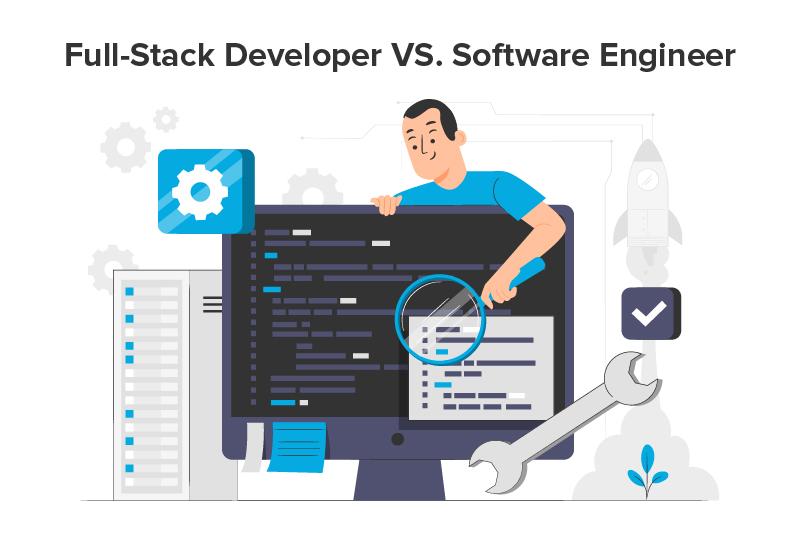Offshore Software Development: Cost-efficient Solutions for Expanding Companies
Offshore Software Development: Cost-efficient Solutions for Expanding Companies
Blog Article
Devoted Developers vs. In-House Teams: Which Is Right for You?
The decision in between utilizing devoted designers and preserving an internal group is a considerable one that can impact the trajectory of your tasks and total business technique. Devoted designers provide a level of flexibility and specific proficiency that can be advantageous for specific, short-term initiatives. On the other hand, in-house teams add to a cohesive company culture and a nuanced understanding of long-term objectives. By examining crucial elements such as budget plan, project scope, and desired control, you can better determine which approach straightens with your business requirements. However, the implications of this selection expand past instant results-- think about the wider impact on your business landscape.
Comprehending Committed Designers
The growing need for specialized abilities in the tech sector has led to the introduction of devoted programmers as a practical solution for numerous organizations. These professionals are typically gotten on a project basis, enabling companies to take advantage of certain know-how without the long-term commitment linked with full time hires. Committed developers are commonly embedded within a client's group, giving versatility and scalability to fulfill project demands.
This version allows organizations to access a worldwide ability pool, which is particularly helpful in a swiftly evolving technological landscape. Devoted programmers can be sourced from various geographical locations, making sure that firms can find the right capability at affordable prices. They often bring a wealth of experience and knowledge, having serviced diverse projects across different industries.
In addition, dedicated developers can focus solely on the jobs available, boosting performance and performance. They are equipped to incorporate perfectly right into existing operations, teaming up very closely with internal groups to accomplish job goals. This technique not just minimizes the worry of employment and training however likewise enables organizations to remain agile, adapting quickly to changing market needs and technological improvements.
Benefits of In-House Teams

Moreover, in-house groups tend to have a deeper understanding of the business's goal, values, and goals. This placement can enhance worker involvement and inspiration, as group members really feel extra linked to their job and the company's success. Additionally, having a devoted internal group enables better positioning of approaches and objectives, as these participants are regularly concentrated on the firm's top priorities.
In-house teams also assist in quicker decision-making procedures, as they can react extra swiftly to modifications and challenges. The established partnerships and experience with company methods permit streamlined operations and decreased miscommunication. Eventually, the mix of a natural society, positioning with business goals, and effective communication makes in-house teams an important possession for numerous organizations, particularly those seeking to cultivate long-term growth and innovation.
Cost Factors To Consider
When evaluating price factors to consider, both internal groups and devoted developers present distinctive economic ramifications for organizations. Engaging committed designers normally includes a pay-per-project or hourly rate version, which can be economical for companies with varying project needs. This strategy enables for flexibility in scaling sources up or down, making certain that firms just pay for the solutions they require.
In contrast, internal teams require fixed prices, including wages, benefits, and overhead expenses such as office and tools. While this model supplies higher control and prompt accessibility of sources, it may bring about higher lasting expenses, specifically if the workload does not validate a full-time personnel.
In addition, companies ought to take into consideration the hidden expenses connected with recruitment and training of in-house workers, which can better strain budget plans. In some instances, the time and resources spent on handling an internal group can diminish the company's core pop over to this web-site business objectives.

Project Management and Flexibility
Project management and flexibility are essential aspects that affect the option in between internal teams and specialized developers. Devoted groups frequently have actually developed processes for handling tasks efficiently, leveraging certain methodologies like Agile or Scrum, which assist in repetitive progress and versatility.

Eventually, the choice in between in-house groups and devoted developers pivots on the preferred level of adaptability and the particular task administration requirements. Firms need to assess their functional dynamics, task complexity, and source accessibility to determine which alternative lines up best with their critical goals.
Making the Right Choice
Picking the ideal advancement strategy-- in-house groups or dedicated developers-- requires a careful evaluation of various elements that align with a business's critical goals. nearshore software development. First, take into consideration the nature of the project. If it demands specialized skills or a fast scale-up, committed developers may be a lot more suitable. Conversely, in-house groups can provide better connection and assimilation with existing employees.
Following, examine your budget plan. Devoted designers usually offer an affordable service for short-term projects, while internal teams may sustain greater long-lasting costs due to salaries, advantages, and expenses expenses. Evaluate the level of control and cooperation wanted; internal teams generally foster best web developer portfolios more powerful interaction and positioning with company society.
In addition, think about the time structure. If prompt results are necessary, dedicated programmers can be onboarded quickly, whereas building an internal group takes some time for recruitment and training. Weigh the lasting vision of your organization. If continuous growth is important, purchasing an in-house team might generate far better returns gradually. Eventually, the choice hinges on a comprehensive evaluation of these aspects, ensuring placement with your company's general objectives and functional demands.
Final Thought
In verdict, the choice in between internal groups and committed programmers rests on task needs and business purposes. Committed programmers give adaptability and specialized know-how, making them ideal for temporary campaigns. Alternatively, internal groups grow a natural culture and deeper alignment with long-term goals. Cautious analysis of budget plan constraints, project timelines, and preferred control levels is vital for figuring out one of the most suitable method, guaranteeing alignment with critical concerns and operational performance.
The choice between making use of dedicated developers and keeping an internal team is a significant one that can influence the trajectory of your jobs and overall organization approach.Job administration and versatility are crucial variables that influence the selection between internal teams and specialized developers. software engineering staffing.In contrast, in-house groups might excel in preserving a constant task monitoring framework due to their experience with the company's society and long-term goals. Committed developers typically offer an affordable option for temporary projects, while in-house teams might sustain greater long-term expenses due to incomes, benefits, and expenses prices.In verdict, the decision between committed developers and in-house teams hinges on project demands and organizational goals
Report this page